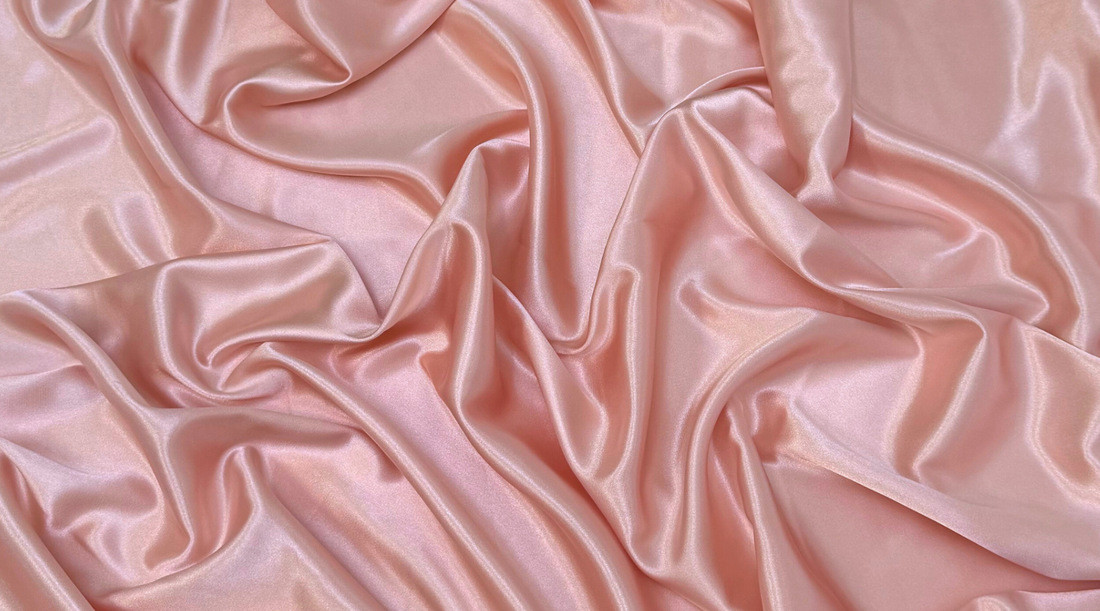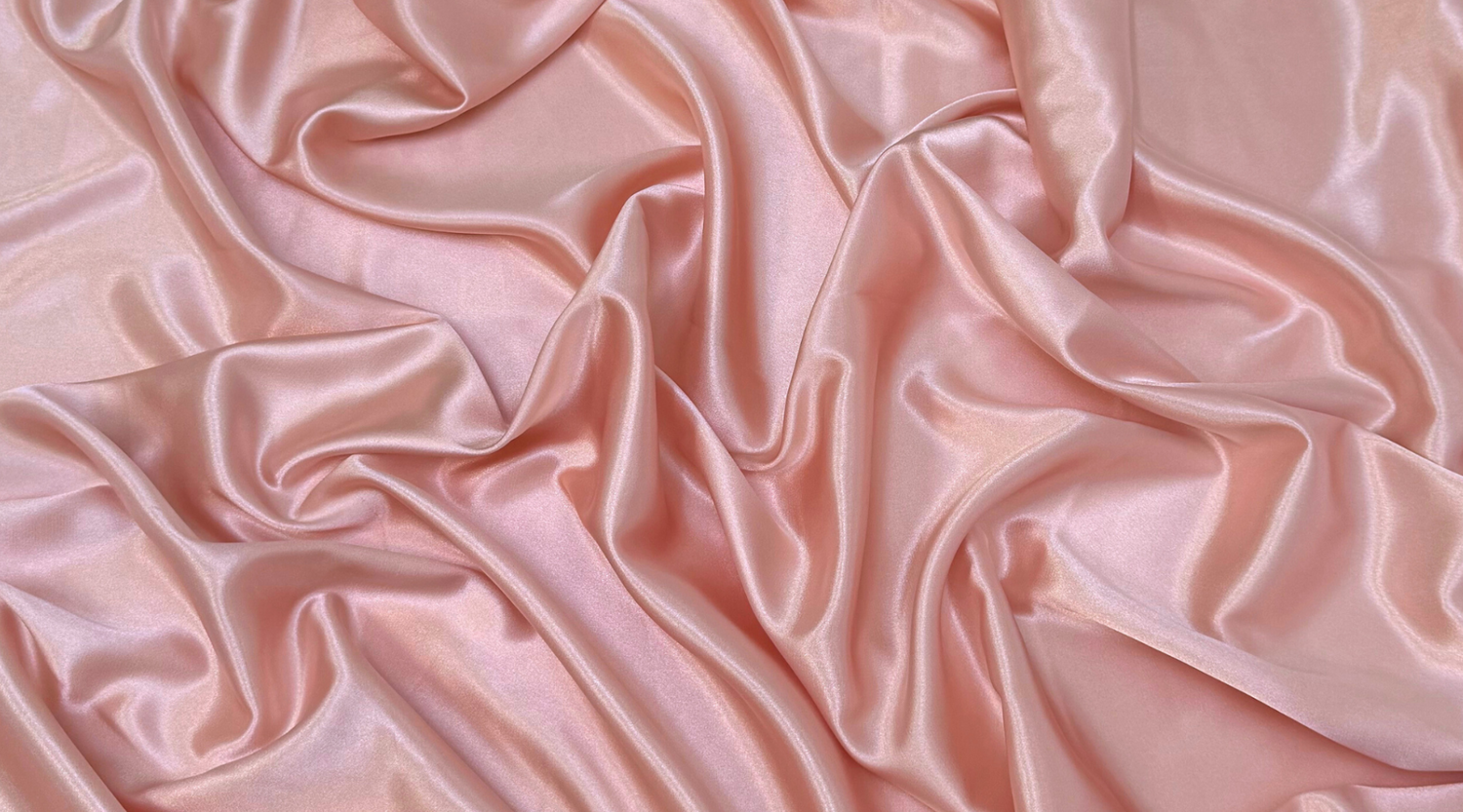Is Satin the Same as Silk? Here’s the Truth
If you've ever wondered, "Is satin the same as silk?"—you're not alone! Many people use the terms interchangeably, but the reality is that satin and silk are two distinct fabrics with unique qualities.
Choosing the right fabric can make all the difference in *fashion, home décor, and crafting projects*. Whether you're designing a luxurious evening gown, elegant bedding, or stylish accessories, understanding the differences between satin and silk is key to achieving the perfect look and feel.
Let’s dive into the differences between these two beautiful fabrics and help you decide which one is right for you.
Satin vs Silk: What’s the Difference?
Despite their similar glossy appearances, satin and silk differ in their *composition, texture, durability, and cost*.
1. Fabric Composition & Origin*
Silk: A **natural fiber* produced by silkworms, silk has been a luxury fabric for thousands of years. It’s prized for its *softness, strength, and breathability*.
Satin: Not a fiber, but a **weave! Satin can be made from various materials like polyester, rayon, or even silk. The weave creates its signature **smooth, glossy finish* on one side and a duller back.
2. Texture & Sheen
Silk: Naturally soft, **lightweight, and incredibly smooth* to the touch. It has a soft, subtle sheen that exudes elegance.
Satin: Has a **glossy, reflective surface* due to its weave. While it feels smooth and silky, it’s often a bit more *slippery* than pure silk.
3. Durability & Maintenance
Silk: Delicate but **incredibly strong. Requires gentle care—hand washing or dry cleaning* is recommended.
Satin: Generally **more durable* than silk, especially when made from synthetic fibers. It’s often easier to care for and can usually be *machine washed* (depending on the material).
4. Price & Accessibility
Silk: **Luxurious and high-end*, making it more expensive. The cost reflects the labor-intensive process of silk production.
Satin: More **affordable*, especially when made from synthetic fibers like polyester or acetate.
Which Fabric is Best for You?
Now that you know the differences, which one should you choose? Here’s a quick guide:
Best Uses for Silk
✅ Luxury clothing (evening gowns, blouses, scarves)
✅ High-end bedding & pillowcases (reduces hair frizz & wrinkles)
✅ Elegant lingerie & sleepwear
✅ Bridal wear & special occasions
Best Uses for Satin
✅ Budget-friendly fashion (dresses, skirts, suits)
✅ Home décor (curtains, upholstery, bedsheets)
✅ Dance-wear & costumes (due to its fluid drape)
✅ Hair accessories (scrunchies, bonnets)
Fabric Care Tips
Silk: Hand wash in cold water with mild detergent or dry clean. Avoid wringing.
Satin: If synthetic, machine wash on delicate; air dry to prevent snags.
Ready to start your next project? Explore our satin collection in different colors and styles.


